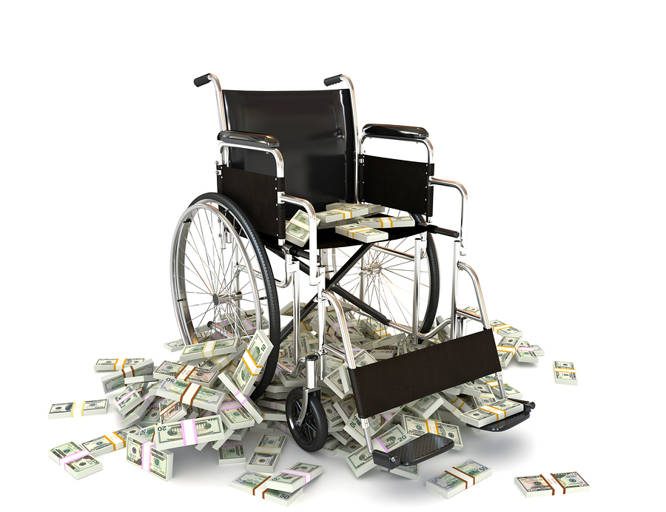


Skilled Nursing Prices Slide Up With Size
There was a perfect correlation between size of skilled nursing facility sold and the average price per bed in 2017. In general, the smaller the nursing facility, the lower the price, and the larger the facility the higher the price. In 2016, the correlation existed except average prices declined for those facilities over 180 beds in size, according to the 23rd Edition of The Senior Care Acquisition Report. In today’s market those nursing facilities with fewer than 80 beds usually command the lowest average price. In 2017, that average price was just $53,750 per bed, down 13.5% from 2016. There was a significant percentage jump in average price for those facilities with between 80... Read More »
Cash Flow Pushes Up Seniors Housing Prices
Many buyers prize a community’s cash flow over many other factors when looking for relatively safe investments that can provide returns to their capital providers. The past three years haven’t reached the record set in 2014 of $14,200 per unit, but in a year where the average price per unit for seniors housing (independent and assisted living) increased, it makes sense that NOI per unit would increase in turn. Driving the NOI per unit up to the $14,200 per unit mark was the assisted living sector, which accounted for 23 of the top 25 recorded values, and very high NOI per unit results, per the latest Senior Care Acquisition Report. The improved existing cash flow seems to have outweighed... Read More »
Cash Is King For Skilled Nursing Targets
When buyers value a skilled nursing facility, or any senior living property, it is always the absolute level of cash flow (NOI) that matters, not the operating margin or expense ratio. Buyers are purchasing a stream of net cash flow, and that net cash flow is going to provide the returns to capital providers. As long as cap rates remain stable, which they certainly have in the skilled nursing sector, when cash flow increases, the prices paid increase. From 2008 to 2015, the average cash flow per bed of SNFs sold increased by 63% (peaking in 2015 at $9,600 per bed), and this was driving the five straight years of record average prices for skilled nursing facilities, according to the 23rd... Read More »
The Price of Profitability in Skilled Nursing
For the fifth year in a row, there has been a perfect correlation between the average price per bed and the expense ratio of those skilled nursing facilities sold, according to the 23rd Edition of The Senior Care Acquisition Report. This makes perfect sense but does not always happen when you have skilled nursing facilities in good markets that are mismanaged, usually on the expense side, but often combined with low Medicare utilization. Even though the operating margin (the inverse of the expense ratio) is important and can impact value in the acquisition market, it is the absolute level of cash produced at the facility that is always the most important factor. If there is a low expense... Read More »
